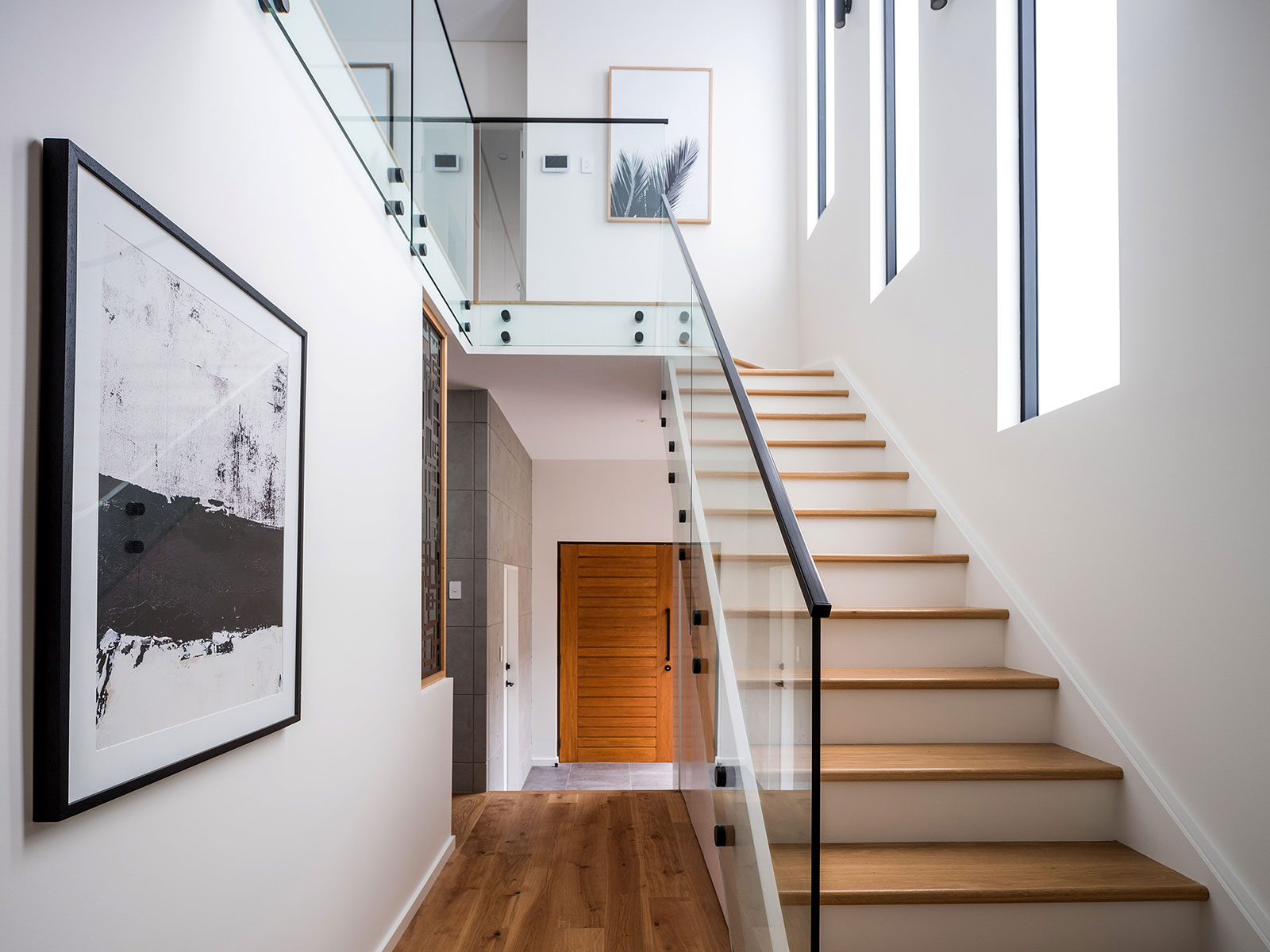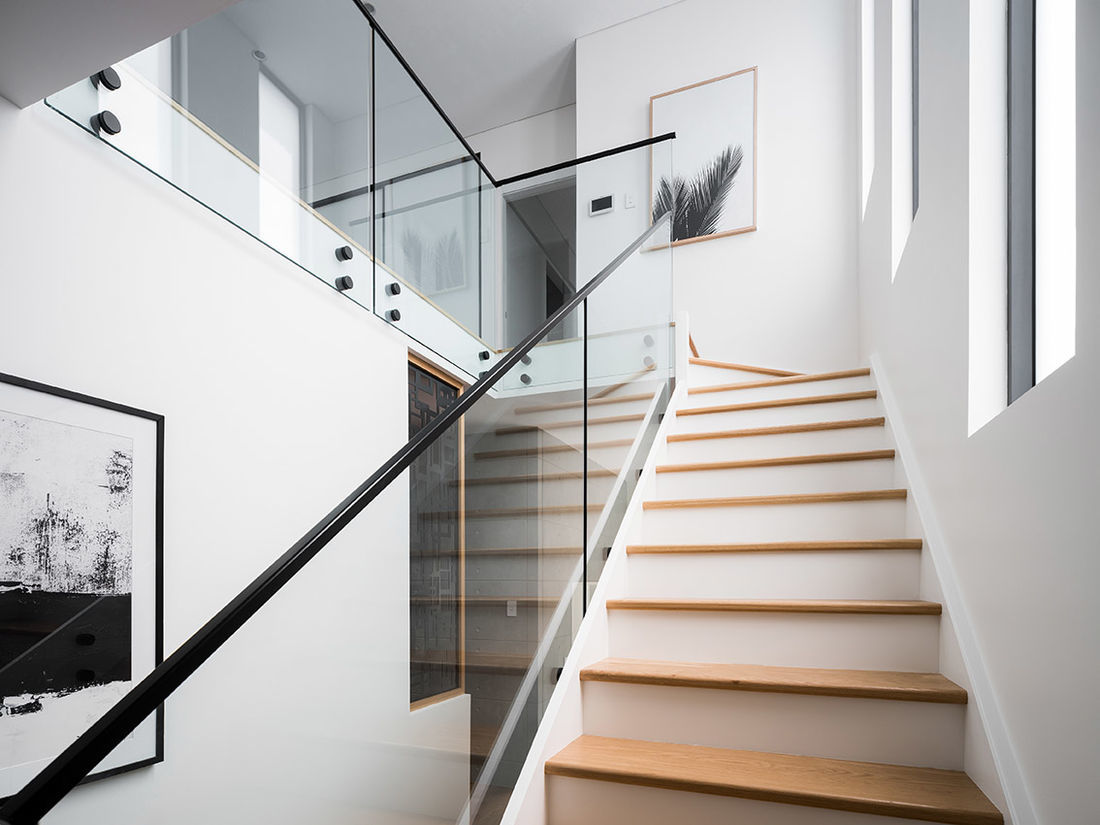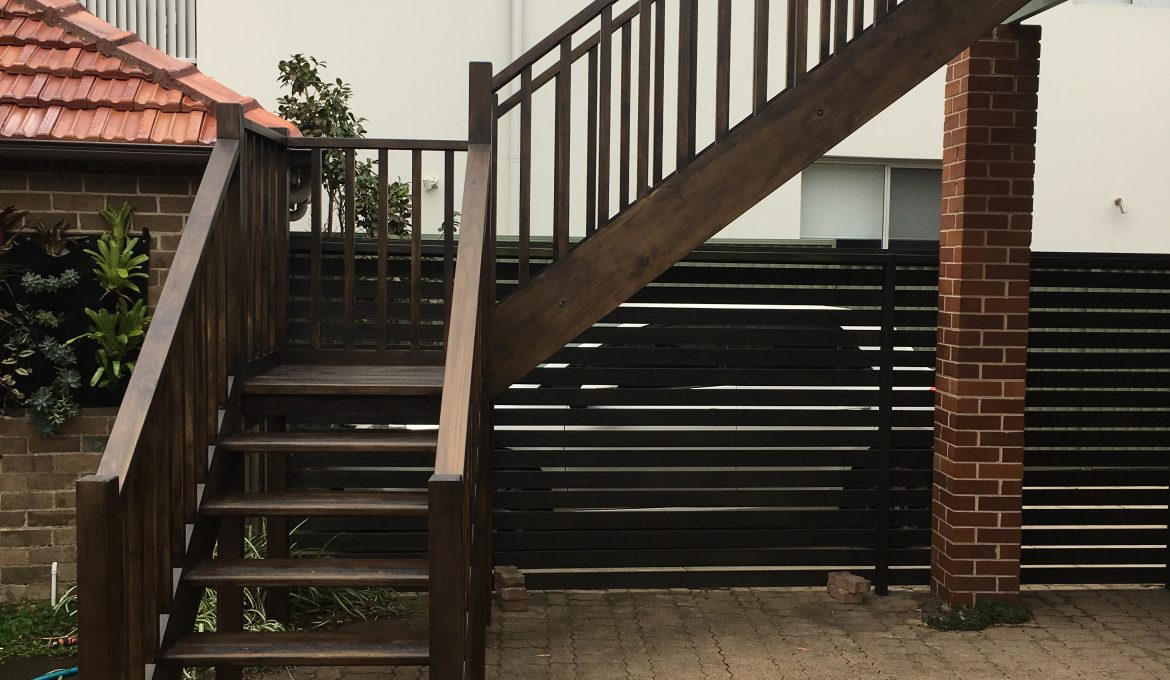Importance of AS1657 in Stair Design

Safety is always the top priority for any homeowner. Stair safety is one of the most important safety hazards to acknowledge. Poor design and visibility can pose a potential risk for tripping, slipping or falling, which accounts for over 60% in Australia. Despite this, there are many things you can do to prevent them. Better design, materials, and attention to detail can go a long way in keeping people safe.
Stairs, walkways, fixed platforms – if these items do not comply with AS1657 stairs, your stairs could pose a trip hazard. At Southern Stairs, we manufacture and install all our stairs using only quality materials and an up to date CNC machine to produce accurate and quality finishes ensuring compliance with Australian BCA Standards including AS1657 to give you peace of mind and ensure safety in your home.
Our experts and engineers can design, manufacture, and install your stairs to comply with AS1657 stairs. We also offer a range of platforms and balustrades to improve safety, you can either order straight from our product catalogue or configure your own design to suit your specific application.
AS1657 Stairs safety design elements
Stair treads
Stair treads need to be slip resistant and extend across the full width of the stairway to prevent falls in your home. The edge of each treads should be visible against the background, proper lighting will help alleviate this issue.
Angle of stairways
The minimum width for stairways is 600mm measured between the edges of the safety handrails, the pitch angle shall not be less than 26.5, otherwise it will be defined as a ladder and not more than 45 degrees.
Risers & goings
All risers and all goings must comply with the proper standards to be considered as safe for use, otherwise it could pose a trip hazard. A riser shall be not less than 130 mm and not greater than 225 mm. The going shall be not less than 215 mm and not greater than 355 mm.
Common hazards & how to prevent them
Inadequate design and measurement
When it comes to stairs, design and dimensions should always be a primary concern for their use and comfort. One of the most important parts of the stair to acknowledge is the riser, when the riser height between stairs is not the same, it can be a potential safety hazard. To avoid this, make sure to maintain a consistent tread and riser height throughout the staircase.
Poor choice of material
Another aspect to consider is the choice of material for stairs. One of the safest materials to use is concrete as it increases traction and has a non-slip surface. Adequate traction is what you need. You can achieve this by placing a carpet or non-slip treads on risers.
Poor lighting
Poor lighting can lead to lack of navigation when taking the stairs, which is a potential tripping hazard. The most common cause of stairway accidents is tripping due to difficulty seeing the edges of each tread. The edge of each treads should be visible against the background, a good preventative measure is to provide proper lighting and contrast between risers and treads.
AS1657 in contemporary designs
Open Risers
Open riser stairs are very popular due to their transparency and versatility. With open treads, it lets more natural light flow through the lower levels of your property. However, there are a number of risk factors to consider such as handrails and tread gaps.
At Southern Stairs, we manufacture and install all our stairs using only quality materials and an up to date CNC machine to produce accurate and quality finishes ensuring compliance with Australian BCA Standards including AS 1657 to give you peace of mind and ensure safety in your home.
Transparent Stairs
As well as serving the necessary function of allowing access to other floors of your home, the staircase is a crucial feature that complements the overall theme of your interior, or as a standout feature that becomes the focal point of your space.
Another minimal and modern stair design is transparent stairs and railings. These are made of sleek materials such as glass as they provide modern sophistication and increase the presence of light. However, glass can be slippery. A good preventative measure to avoid slipping is to stay compliant by adding non-slip stair treads. Adequate lighting and contrast of a stairwell aids in navigation of the stairs, so make sure the edge of each treads are visible against the background.


Glass Balustrades Are Gaining Popularity
Step aside clunky timber railings! In Sydney the hottest trend for balconies, staircases, and pool fences is all about c
